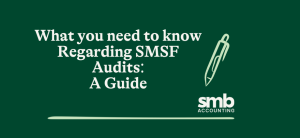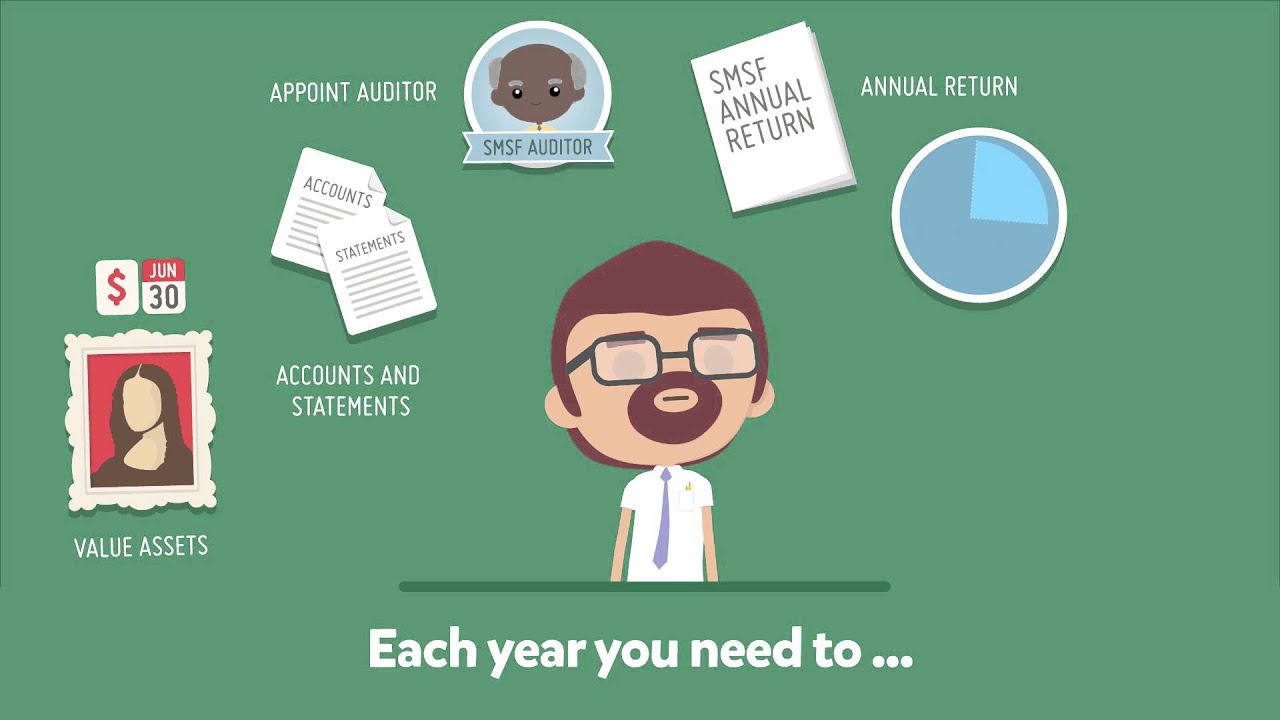What is Involved in an SMSF Audit?
Understanding the SMSF Audit Process
When it comes to managing your retirement funds, a Self-Managed Superannuation Fund (SMSF) is a popular choice for many Australians. SMSFs offer individuals greater control over their investments, but they also come with responsibilities. One of the most crucial obligations for SMSF trustees is conducting an annual audit. In this article, we will delve into the SMSF audit process, its importance, and the key steps involved to ensure compliance with regulatory requirements.
Why is an SMSF Audit Necessary?
Before we dive into the specifics of an SMSF audit, let’s address the question of why it is necessary. The Australian Taxation Office (ATO) mandates that all SMSFs must undergo an annual audit. This audit serves several essential purposes:
Compliance Assurance: An SMSF audit ensures that the fund complies with the complex superannuation rules and regulations set by the ATO. This helps maintain the integrity of the superannuation system.
Financial Transparency: It provides transparency and accountability to the SMSF members, assuring them that their retirement savings are being managed appropriately.

Tax Compliance: The ATO uses audit reports to assess whether the SMSF has complied with tax laws, including contribution caps, investment rules, and pension payments.
Protection for Members: An SMSF audit safeguards the interests of members by identifying any irregularities or potential issues that may affect their retirement savings.
Key Steps in an SMSF Audit
Now that we understand why an SMSF audit is crucial, let’s explore the key steps involved in the audit process:
1. Engaging an Auditor
The first step is to engage a qualified and independent auditor. SMSF auditors must be registered with the ATO and adhere to strict professional standards. It’s essential to choose an auditor who is experienced in SMSF audits and has a solid understanding of the superannuation laws.
2. Gather Documentation
The auditor will require access to all relevant financial documents, including bank statements, investment records, tax documents, and trustee minutes. These documents provide the auditor with the necessary information to assess the fund’s compliance.
3. Risk Assessment
The auditor will conduct a risk assessment to identify areas of potential non-compliance or fraud. This involves evaluating the fund’s investments, contributions, and withdrawals to ensure they align with the superannuation laws.
4. Testing and Verification
The auditor will perform various tests to verify the accuracy of the financial statements and compliance with regulations. This includes checking the fund’s transactions, investment valuations, and the allocation of income and expenses.
5. Audit Report
Once the audit is complete, the auditor will provide an audit report. This report includes an opinion on the fund’s compliance and financial statements. If any compliance issues are identified, they will be outlined in the report, along with recommendations for rectification.
6. Lodging with the ATO
The audit report must be lodged with the ATO as part of the annual reporting requirements. Failure to submit a clean audit report can result in penalties and adverse tax consequences for the SMSF.

Common Compliance Issues
To avoid complications during the audit process, SMSF trustees should be aware of common compliance issues that auditors often encounter. Some of these issues include:
Inadequate Documentation: Poor record-keeping can lead to compliance breaches. Trustees must maintain detailed records of all transactions and decisions.
Breach of Investment Rules: SMSFs must adhere to strict investment rules, including the prohibition of lending to members or acquiring assets from related parties.
Contributions Caps: Trustees need to monitor contributions to ensure they don’t exceed the annual caps. Excess contributions can result in additional tax liabilities.
Inadequate Separation of Assets: It’s essential to maintain a clear separation between personal assets and SMSF assets to avoid compliance issues.
Conclusion
In summary, an SMSF audit is a crucial part of managing a self-managed superannuation fund. It ensures compliance with regulatory requirements, provides transparency to members, and protects their retirement savings. Engaging a qualified auditor, maintaining accurate documentation, and being aware of common compliance issues are key to a successful audit. By following these steps, SMSF trustees can navigate the audit process with confidence and maintain the integrity of their retirement savings. https://smsfauditshop.com.au/online-smsf-auditors/


